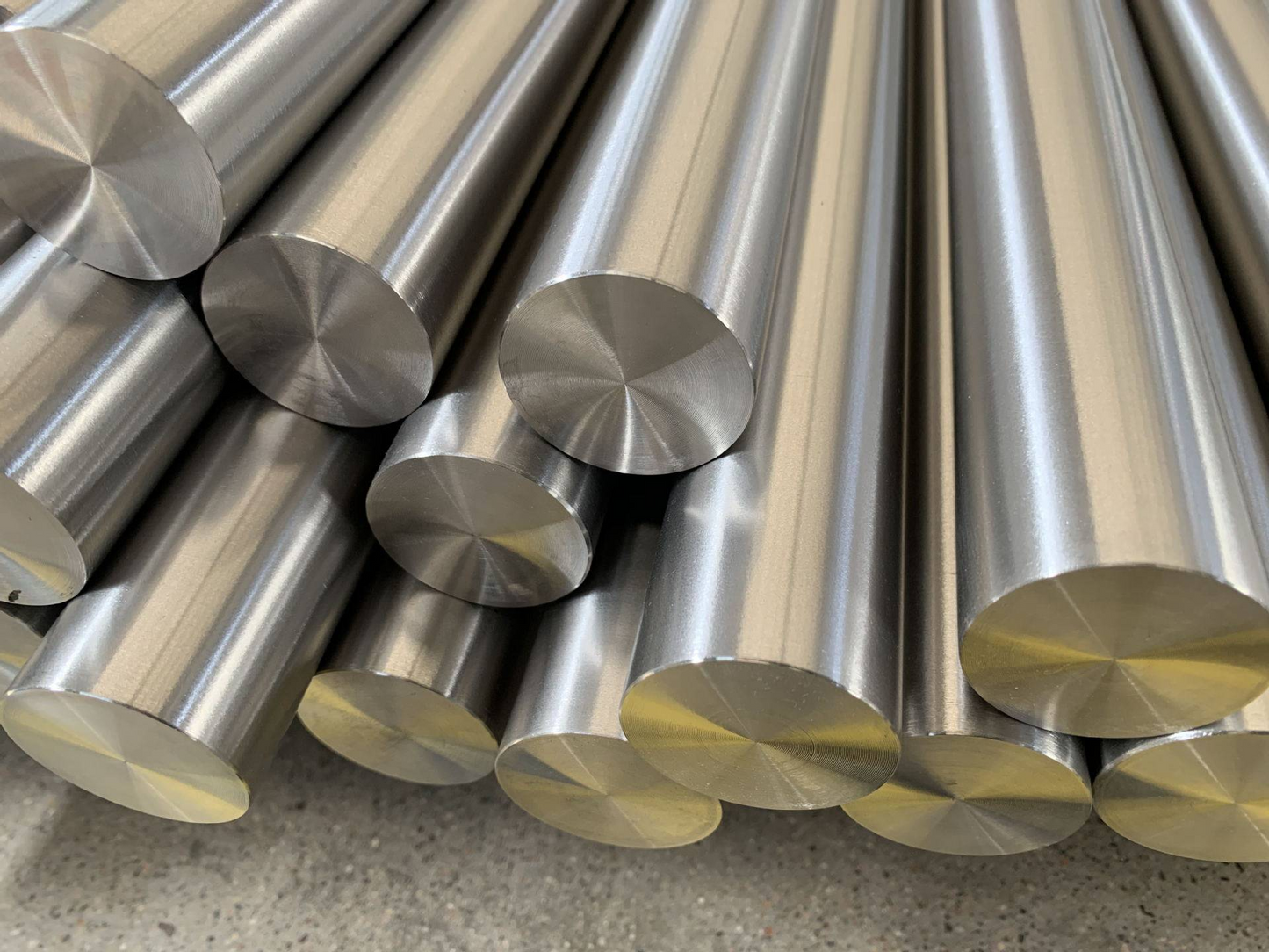
20 Years Experience | 1000+ Brand Partners | Full Customization
We have 20 years of industry experience, have partnered with over 1,000 brands, and support any customization needs.
Technical Specifications
Product Overview
Metallurgical Characteristics
EN 1.4404 exhibits a fully austenitic microstructure at room temperature, characterized by face-centered cubic crystal lattice structure. The low carbon content (≤ 0.030%) minimizes carbide precipitation, enhancing intergranular corrosion resistance. Molybdenum addition (2.0-3.0%) significantly improves pitting and crevice corrosion resistance in chloride environments. The austenitic structure provides excellent toughness and ductility across a wide temperature range from cryogenic to elevated temperatures.
Heat Treatment Process
MetalZenith applies solution annealing heat treatment at 1020-1120°C followed by rapid cooling to achieve optimal properties. This process dissolves carbides and ensures homogeneous austenitic structure. The material cannot be hardened by heat treatment but can be work-hardened through cold working. Stress relief annealing at 850-900°C may be applied after heavy cold working to restore ductility while maintaining corrosion resistance.
Manufacturing Process Excellence
Our production process begins with electric arc furnace melting using carefully selected raw materials. Argon oxygen decarburization (AOD) refining ensures precise chemistry control and ultra-low carbon content. Hot rolling is performed above 1050°C with controlled cooling rates. Cold rolling achieves final dimensions with excellent surface quality. Continuous annealing lines provide uniform heat treatment with controlled atmosphere protection.
Quality Standards Compliance
MetalZenith maintains ISO 9001:2015 quality management certification and adheres to international standards including EN 10088-2, ASTM A240, and JIS G4305. Our testing protocols include chemical analysis by optical emission spectroscopy, mechanical testing per ASTM A370, intergranular corrosion testing per ASTM A262, and ultrasonic inspection for internal soundness. Material certificates provide full traceability with heat number identification and comprehensive test results documentation.
🧪 Chemical Composition
| Element | Composition (%) |
|---|---|
| Carbon (C) | ≤ 0.030 |
| Silicon (Si) | ≤ 1.00 |
| Manganese (Mn) | ≤ 2.00 |
| Phosphorus (P) | ≤ 0.045 |
| Sulfur (S) | ≤ 0.030 |
| Chromium (Cr) | 17.0 - 20.0 |
| Nickel (Ni) | 10.0 - 15.0 |
| Molybdenum (Mo) | 2.0 - 3.0 |
| Nitrogen (N) | ≤ 0.10 |
| Iron (Fe) | Balance |
⚙️ Mechanical Properties
| Property | Value |
|---|---|
| Tensile Strength (Rm) | 520 - 670 MPa |
| Yield Strength (Rp0.2) | ≥ 220 MPa |
| Elongation (A5) | ≥ 40% |
| Hardness (HB) | ≤ 215 |
| Hardness (HV) | ≤ 230 |
| Impact Energy (KV) at 20°C | ≥ 60 J |
| Young's Modulus | 200 GPa |
| Shear Modulus | 81 GPa |
| Poisson's Ratio | 0.28 |
| Fatigue Limit (107 cycles) | 240 MPa |
🔬 Physical Properties
| Property | Value |
|---|---|
| Density | 8.0 g/cm³ |
| Melting Point | 1400 - 1450°C |
| Thermal Expansion (20-100°C) | 16.0×10-6/K |
| Thermal Expansion (20-200°C) | 16.5×10-6/K |
| Thermal Conductivity at 20°C | 15 W/m·K |
| Thermal Conductivity at 100°C | 16.3 W/m·K |
| Specific Heat Capacity | 500 J/kg·K |
| Electrical Resistivity at 20°C | 0.75 µΩ·m |
| Magnetic Permeability | ≤ 1.02 µr |
| Curie Temperature | Non-magnetic |
📏 Product Specifications
| Specification | Available Options |
|---|---|
| Product Forms | Sheets, Plates, Bars, Rods, Tubes, Pipes, Coils, Strips |
| Sheet Thickness | 0.3 - 6.0 mm |
| Plate Thickness | 6.0 - 100 mm |
| Bar Diameter | 6 - 300 mm |
| Tube Outer Diameter | 6 - 610 mm |
| Surface Finishes | 2B, BA, No.4, HL, Mirror, Pickled |
| Standards | EN 10088, ASTM A240/A276/A312, JIS G4305, GB/T 3280 |
| Dimensional Tolerance | ±0.1 mm (thickness), ±2 mm (width) |
| Length | 2000 - 6000 mm (standard), Custom lengths available |
| Edge Condition | Mill Edge, Slit Edge, Trimmed Edge |
Let Us Create Success for Your Project
Professional Team, Premium Products, Complete Service - Your Project Success is Our Mission
Our Advantages in Processing EN 1.4404

Advanced Vacuum Melting Technology
MetalZenith employs state-of-the-art vacuum induction melting (VIM) and argon oxygen decarburization (AOD) processes to achieve ultra-low carbon content and precise chemical composition control in EN 1.4404 production, ensuring superior corrosion resistance and mechanical properties.
Comprehensive Quality Control System
Our integrated quality management system features real-time chemical analysis, advanced non-destructive testing, and mechanical property verification at every production stage, guaranteeing EN 1.4404 materials meet or exceed international standards including EN 10088 and ASTM A240.


Flexible Customization Capabilities
MetalZenith offers extensive customization options for EN 1.4404 including specialized dimensions, surface finishes, heat treatment conditions, and packaging solutions, supported by our global supply chain network and technical engineering services for application-specific requirements.
YOUR TRUSTED STEEL
MANUFACTURING PARTNER
Quick Inquiry
Industries We Serve
Professional steel solutions across major industries
Qualifications & Certifications






